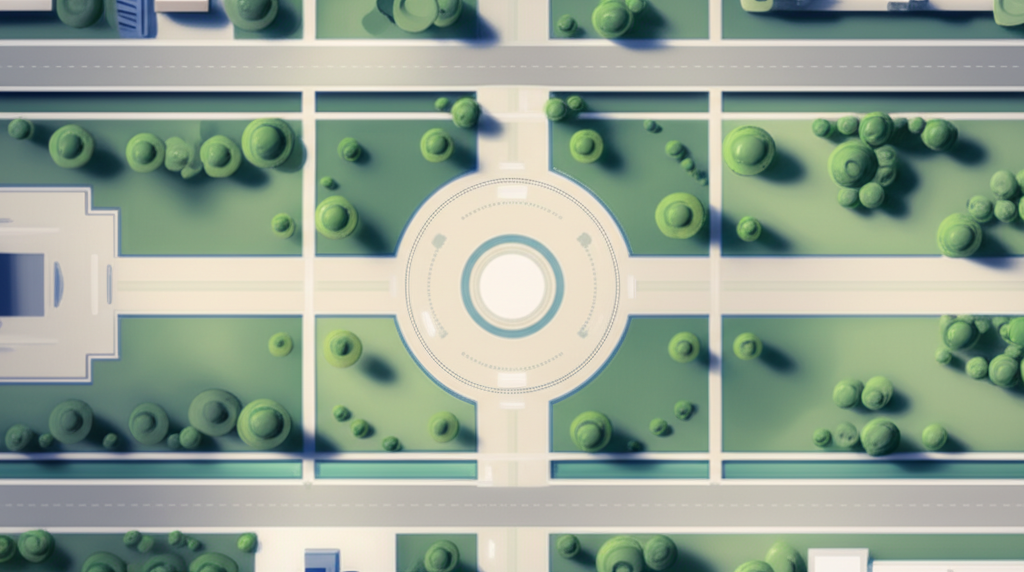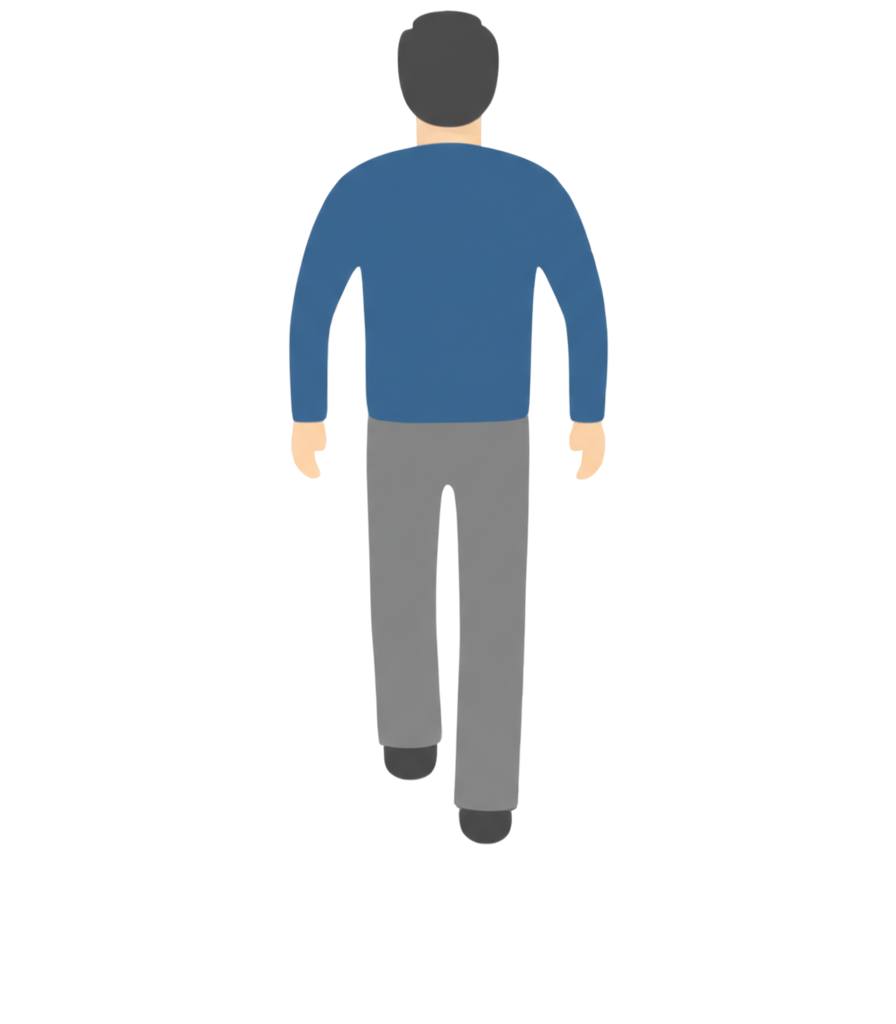🌍 Defining Homo Sapiens
Scientific classification
- Humans are scientifically known as Homo sapiens.
- We are primates belonging to the biological family of great apes.
- Distinguishing features include hairlessness, bipedality, and high intelligence.



Scientific classification

Unique cognitive abilities

Brain-to-Body Mass Ratio (Relative Index)
Smithsonian National Museum of Natural History - What Makes Us Human (2024 update on scientific consensus)

Highly social beings

Drive to understand

Origins in Africa

Global Dispersal from Africa (300,000 - 10,000 years ago)
Smithsonian Human Origins Program, 'Human Migration' (Last updated: 2023)

Key Sites and Approximate Dates (c. 9,500 - 2,500 BCE)
Our World in Data, History of agriculture (2023)

Rise of agriculture

Physiology and diet

Global footprint

Contribution of Human Activities to Greenhouse Gases (2020 - Present)
Our World in Data, CO2 Emissions by Sector and Fuel (2024)

Pushing boundaries

Population numbers 2025

Population Milestones from 1 CE to 2100 CE
Our World in Data based on United Nations, World Population Prospects (2022)

Modern slavery violation

Dislike of humanity

Ethical considerations

Wiener's insights